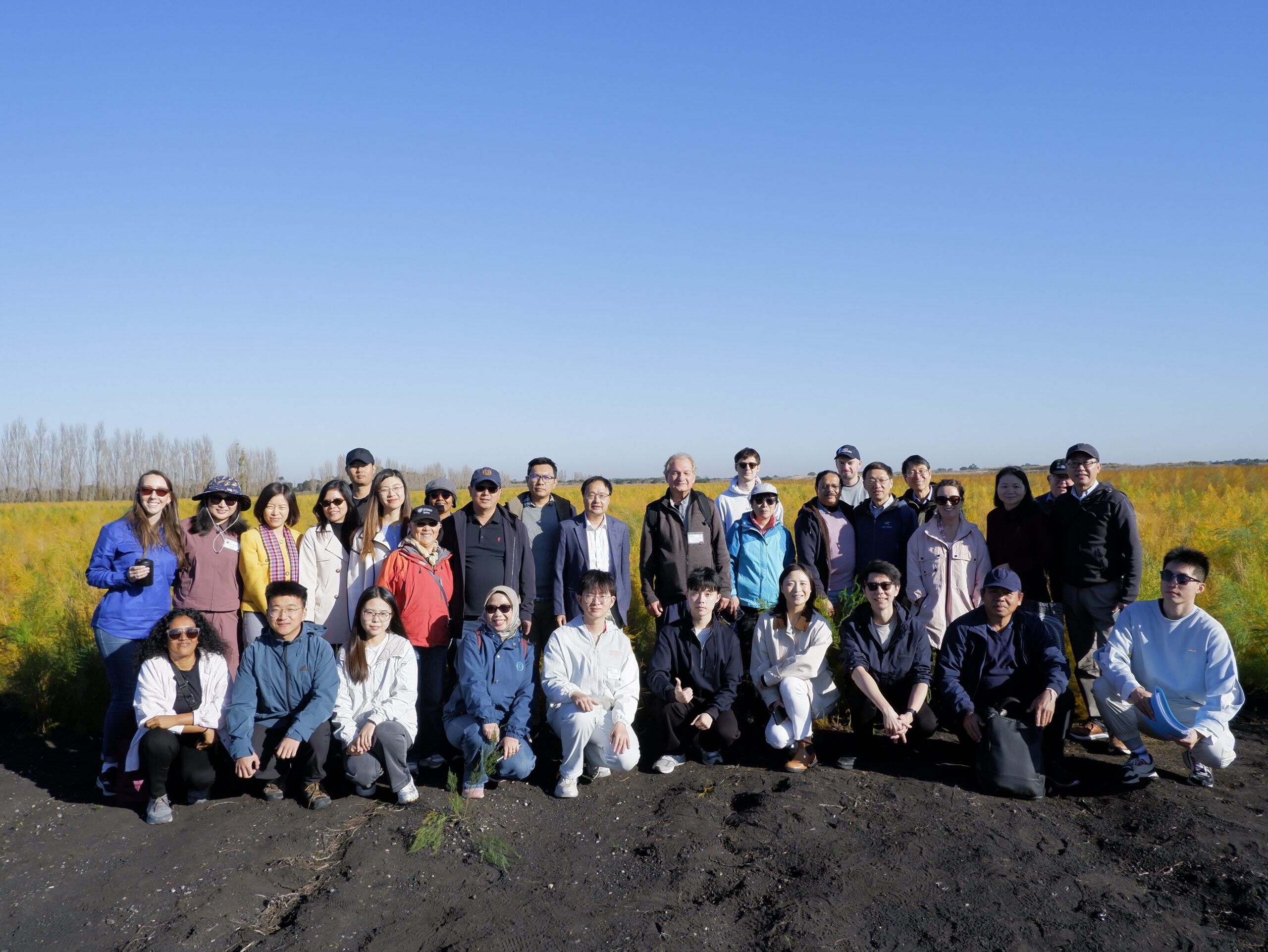Unveiling the Impact of nitrogen deficiency on wheat-fungal compositions.
Nitrogen (N) is a vital nutrient for plant growth, but when it is in short supply, crops like wheat can suffer. This N deficiency generally leads to reduced yields, which can be a challenge for farmers. However, recent research has shown that certain fungi living in the soil around wheat plants may help mitigate some of these effects, thanks to their ability to form symbiotic relationships with plants. However, how do these fungi respond to low N conditions, and how do different wheat varieties interact with them?
A recent study by Chan et al., 2025 from the ARC Research Hub for Smart Fertilisers set out to explore how N deficiency affects the fungal communities in the rhizosphere (the soil surrounding the roots) of wheat plants. The researchers specifically focused on two wheat varieties: Gladius, which has a low N-use efficiency (NUE), and Mace, which has a higher NUE. They wanted to find out if the wheat varieties with better N-use could influence the fungal communities in ways that would help the plants cope with a lack of N.
In a controlled glasshouse experiment, the researchers grew both wheat varieties in soil with either low or high N levels. They analysed the fungal communities in the rhizosphere using advanced techniques, such as DNA sequencing and metagenomics, to identify which fungi were present and how they might be changing in response to N levels. They also wanted to see if the different wheat varieties affected these communities differently.
Key findings:
- Rhizosphere fungal abundance and diversity were not significantly influenced by N deficiency in either wheat cultivars.
- While the abundance and diversity of rhizosphere fungal communities didn’t change, fungal composition showed significant variation between high and low N treatments in Mace (the high N-use efficiency wheat), whereas no significant effect was observed in Gladius (the low N-use efficiency wheat). This indicates that the N-use efficiency of wheat cultivars could influence the types of fungi that thrive in the rhizosphere under different N conditions.
- Fungi involved in symbiotic relationships with wheat (such as mycorrhizal fungi) were less abundant under N-deficient conditions in both wheat varieties. This was expected, as these fungi typically rely on N and other nutrients to thrive.
- Even though fungal community composition shifted, the functional profile of the fungal community — the types of tasks they perform — didn’t significantly change under N deficient environments. This suggests that the fungi might be able to maintain their functions even when the N supply is limited, showing resilience in their functional roles.
This study reveals that the response of wheat rhizosphere fungi to N deficiency depends on the wheat variety. Furthermore, the functional profiles of fungal communities in both wheat varieties were resilient to change under N deficient soils. This research provides a valuable understanding of wheat-fungal interactions in N-poor environments which is crucial for the development of microbiome-based sustainable agricultural N management strategies and has the potential to inform the development of microbial community-based biofertilisers.
Click here to access the article.



